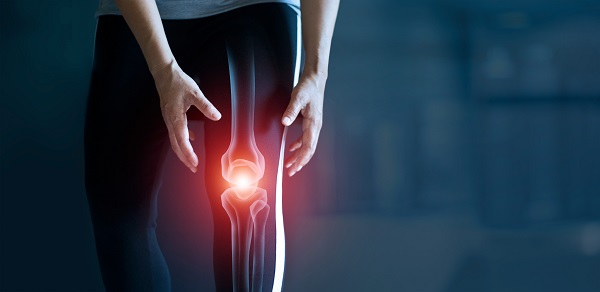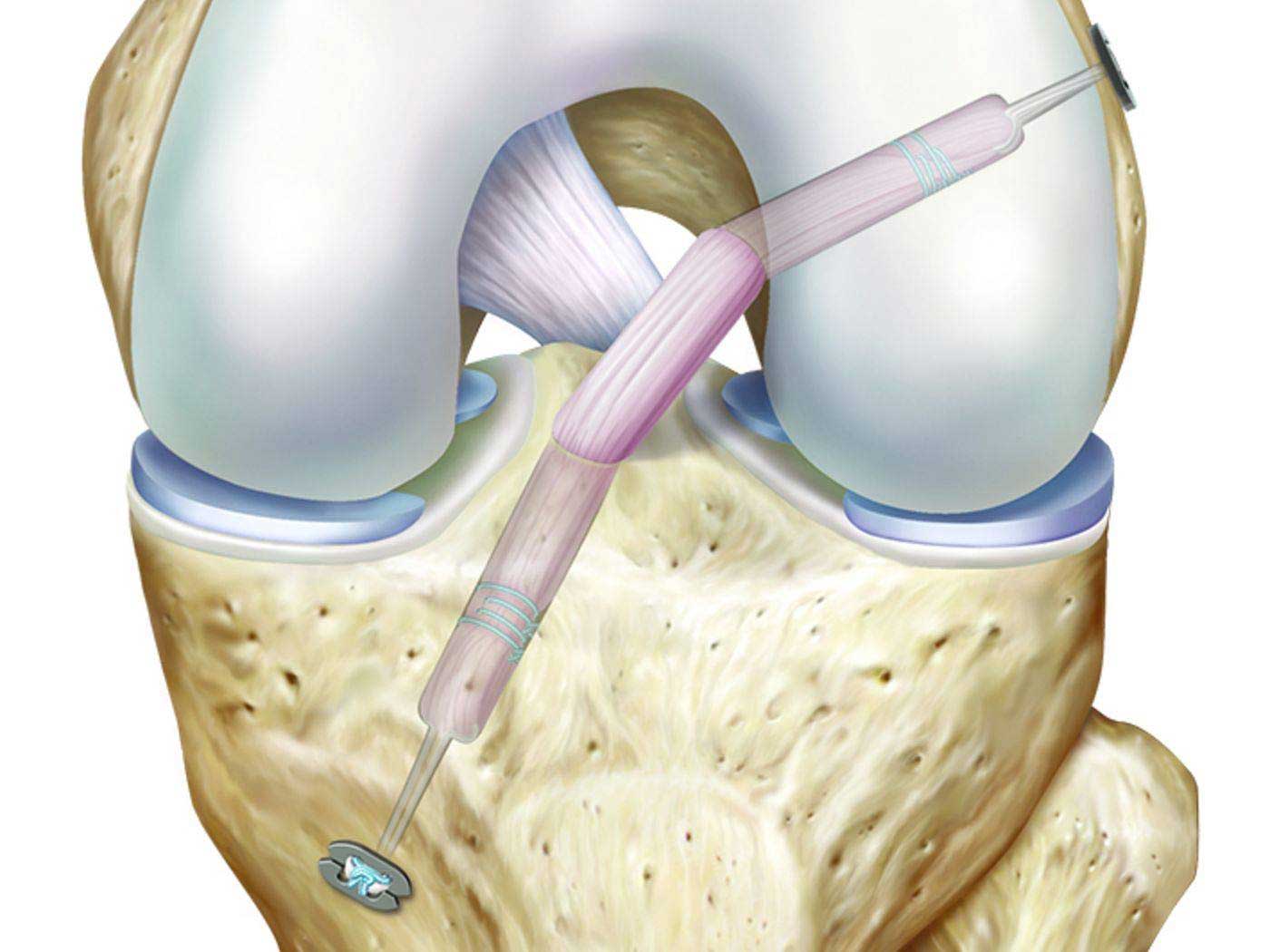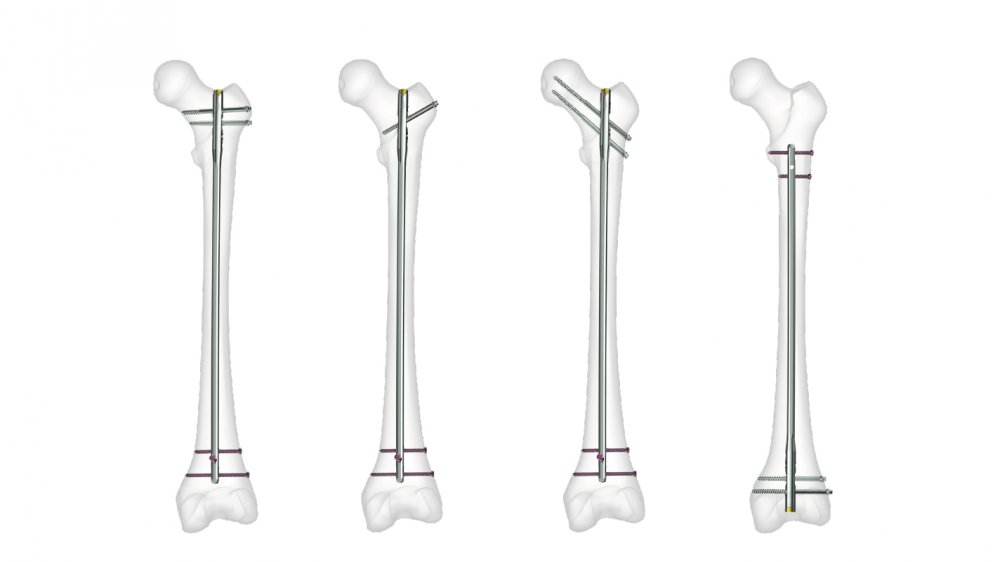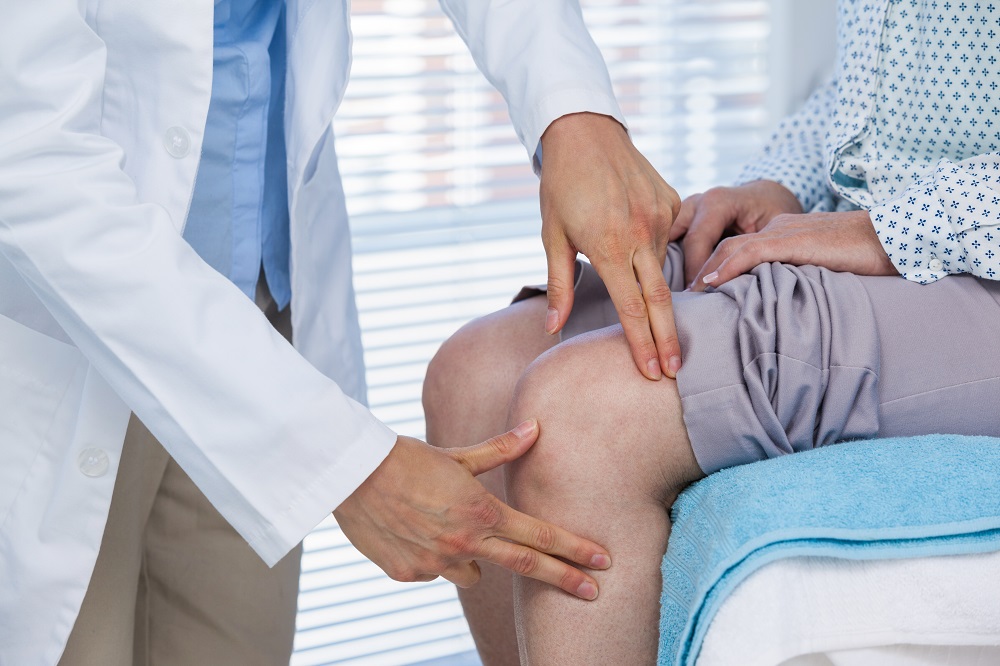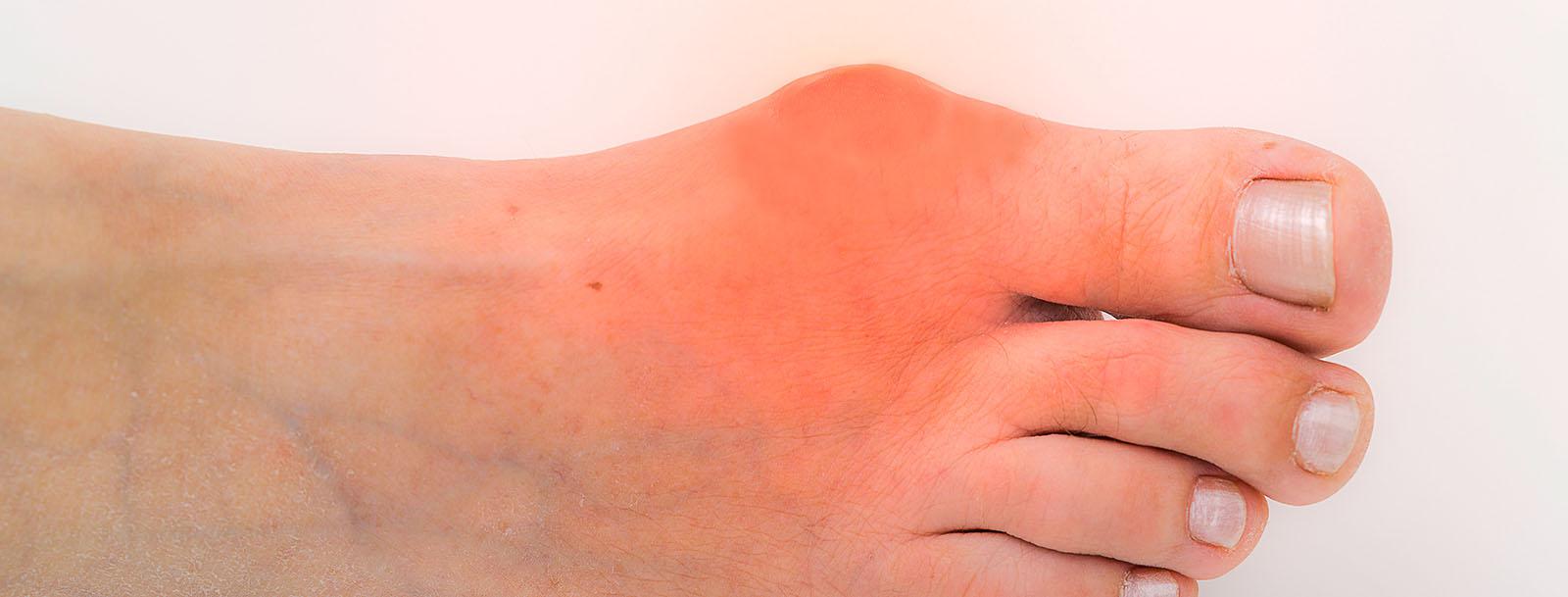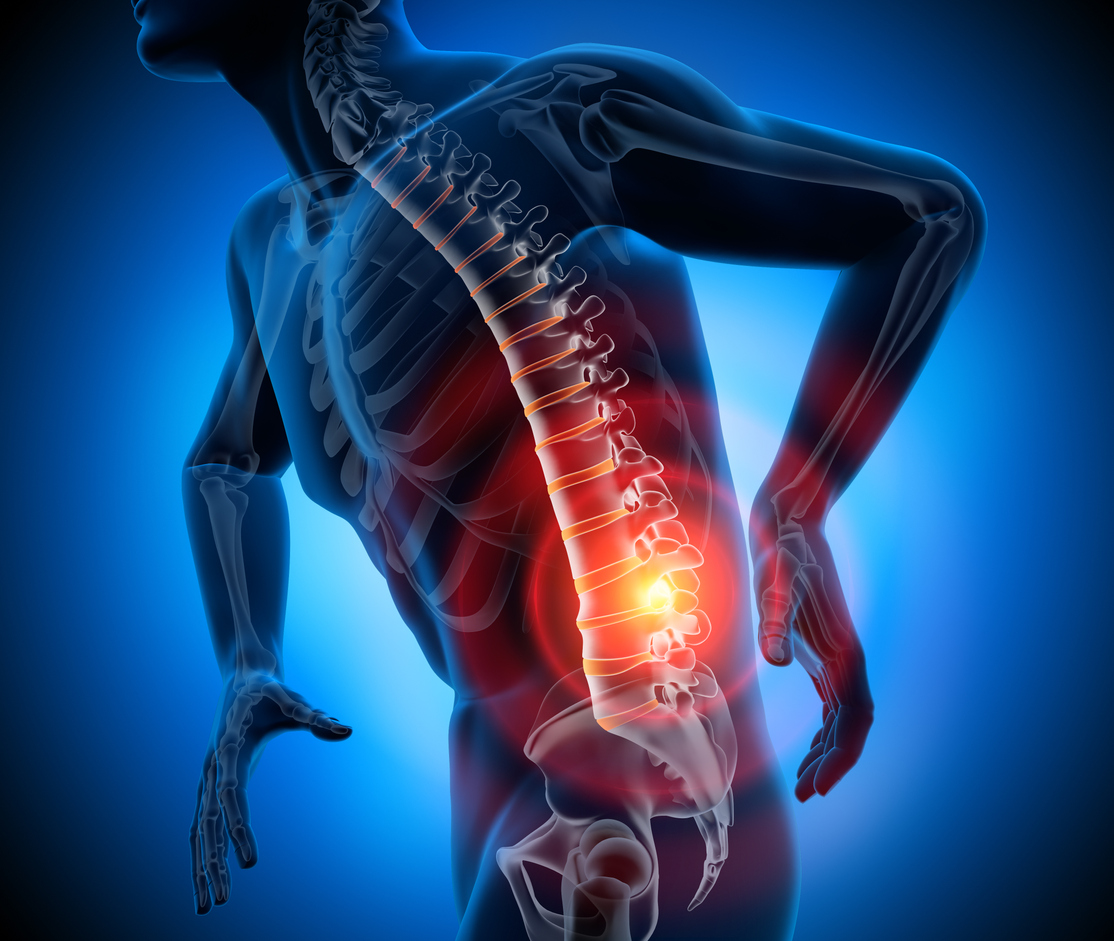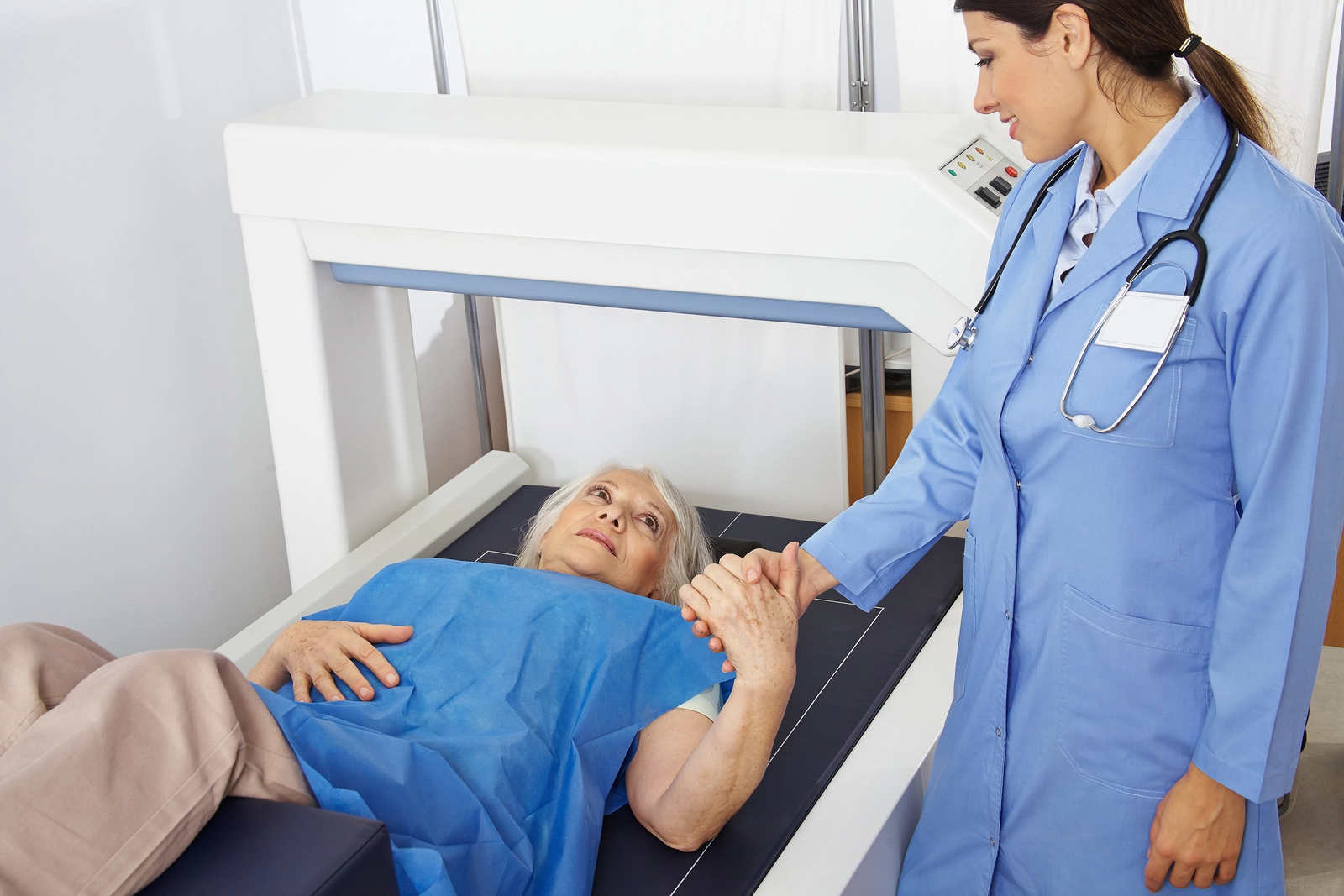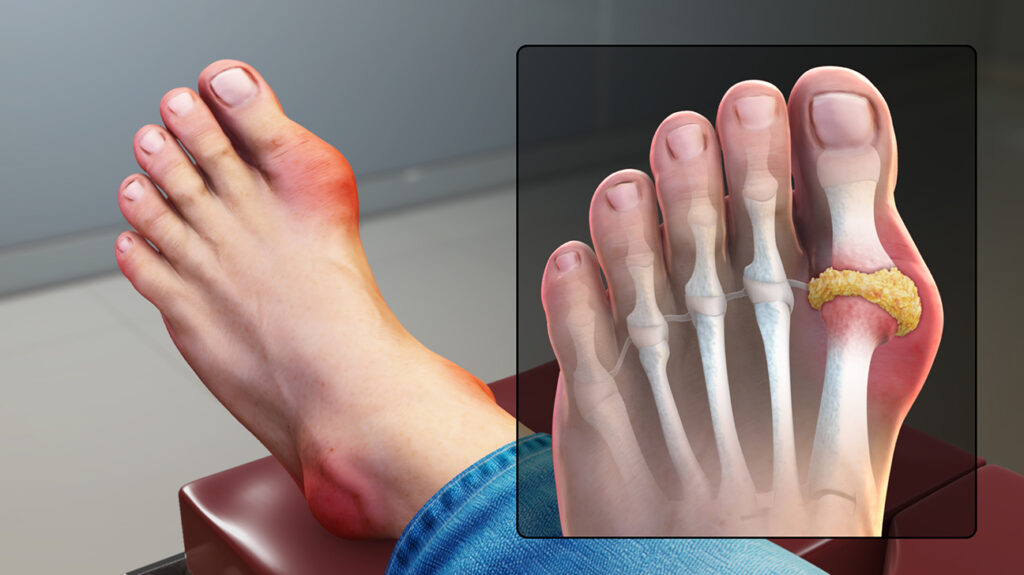What you do not know about sciatica surgery
The sciatica operation has information that is important to know, and we also provide you in the following article with details regarding the sciatica operation, its procedures, what precedes it, and what follows the surgery.
Sciatica operation
Sciatica treatment has more than one method, and doctors prefer in cases of sciatica to start with non-surgical treatment methods in order to identify the extent of the body’s response to treatment and help in immediate relief of pain, doctors usually return to surgery when symptoms increase and lack of response to drug and conservative treatment.
There is more than one operation associated with the treatment of sciatica, and it is mostly related to a herniated disc caused by damage or herniation of the microscopic disc, and it works mostly to treat the tear in the cartilage and reduce the pressure on the sciatic nerve that causes sciatica.
Sciatic nerve-cutting surgery
One of the well-known operations for sciatica is cutting the sciatic nerve, which works to remove the pain caused by sciatica by cutting the sensory nerves that work to communicate pain by transmitting signals to the brain, so the patient feels an immediate effect after the surgery, and its effect is for a long period that may reach years.
The patient may feel pain after cutting the nerve roots as a result of the sciatic nerve stopping work and cutting off the connection between it and the brain, but it begins to return to work again after recovering from the underlying cause of nerve inflammation.
How to perform laparoscopic sciatica surgery
There are steps followed in performing laparoscopic sciatica surgery (endoscopic sciatic nerve resection), which are as follows:
- The doctor starts by giving the person local anesthesia only to make a small incision near the affected vertebra.
- The doctor begins by inserting a special tube with a light and a television camera to check the progress of the process and to be able to insert the necessary tools correctly.
- X-rays are used to accurately locate the nerve, and through it, the doctor reaches the part to be cut.
- The doctor begins by injecting the patient with an anesthetic drug and delivering radio waves at certain frequencies to the instrument touching the nerve to burn it.
- Finally, the wound is sterilized and a bandage is placed on it, and the doctor follows up with the patient on the progress of the condition after surgery.
One of the advantages of laparoscopic sciatica surgery is that it increases the recovery period from sciatic nerve pain, and the period may reach 5 years without the need to do the operation again, and it is useful in treating sciatica caused by a long-term injury such as spinal cancer.
Laser sciatica operation
There is a medical procedure that is used to perform sciatica operations, which is a laser, and it is considered one of the modern treatment methods that have proven its worth and effectiveness in relieving sciatica pain and allowing the patient to return to his normal life, the laser sciatica operation is performed as follows:
- No incision or wound is made in the person’s body during the laser procedure.
- The doctor uses local anesthesia on the affected part.
- A low-frequency light beam is shone on the affected part.
- The laser converts into electromagnetic waves that work to treat the inflammation caused by the pain.
- The operation does not take long and the patient can be discharged from the hospital on the same day.
Advantages of interventional therapy “laser”
Several important features made laser surgeries proceed in this manner and are widely spread in various medical settings, and among the most important advantages of interventional treatment:
- No cutting or incision is made in the affected part.
- The time spent in the process does not exceed a third of an hour.
- Local anesthesia is used for the patient.
- No part of the vertebrae is removed in the case of sciatica treatment.
Laser sciatica surgery has one drawback, and it lies in the duration of the pain’s disappearance, which lasts for less than a year, but doctors suggest it if the person responds to treatment, but slowly, so it is resorted to help him get rid of the pain temporarily.
Post-operative sciatica
Some procedures follow the sciatica operation and help the recovery to be faster and for the person to get rid of the pain of sciatica, and several steps are taken as follows:
- In some cases, the person is exposed to swelling after the operation, which causes him mild pain. Cold water can be used and ice packs can be used to reduce swelling and make you feel more comfortable.
- A person needs to get some rest, and this does not mean to stop moving completely, but to reduce effort and avoid carrying heavy things.
- The person can start taking a shower 24 hours after the operation.
- The patient will start to feel better a few days after the operation and within two weeks he can reach a full recovery.
How successful is the sciatica operation?
The success rate of sciatica surgery can vary from one person to another, but this operation has met with great success in the recent period due to the progress that has taken place in it, and the success rate has become as large as 85%, but the problem that some patients face is that the nerve grows again and returns to the feeling in pain.
Cutting the sciatic nerve is done by cauterizing the nerve roots, which allows the nerve to return to growth and transmit signals again after a few years, so you must return to your doctor before undertaking the sciatica operation to ascertain the importance of the operation and the extent of its effect on your feeling of pain.
The seriousness of the sciatica operation
Surgeries have some risks that are common to most operations and that sometimes affect a person, including the risks of sciatica:
- Bacterial infection.
- The feeling of pain returns after a period that varies from person to person.
- The person may bleed.
- The presence of allergic reactions to anesthesia or drugs used.
- Pregnant women and those with infections need to avoid sciatica surgery.
You must follow up with your doctor before and after the operation to be reassured about the results, the body’s response to the surgery, the extent to which the infection is affected, and also to determine the appropriate medications for you in the postoperative period.
What is sciatica?
The sciatic nerve is the longest among the nerves of the body and the thickest because it is the thickness of the finger of the hand. There are some reasons that inflammation occurs in it that lead to sciatica pain caused by severe pressure on the sciatic nerve due to the occurrence of more than one factor that led to this.
The sciatic nerve is located from the end of the nerves of the spinal cord to the leg and the tips of the toes, and the presence of swelling or inflammation in it leads to severe pain and complications, and this is due to several reasons, including the person’s injury to a herniated disc or disc.
Sciatica pain can appear in the form of burning or similar to acupuncture that makes a person unable to move or bend and limit his range of movement, and usually, the sciatica pain lasts for a while and then begins to decrease, especially if the person begins early treatment for it.
The causes of sciatica
Sciatica causes excruciating pain in the lower back up to the leg, and the patient feels severe pain with it in the lower part of the body. Sciatica infection is due to several causes, which are related to the spine, which directly affects the sciatic nerve.
Sciatica is one of the common injuries after a herniated disc (slipped disc) as a result of the pressure exerted by moving the disc on the nerves of the spinal cord, sciatica pain can increase if it is neglected and the person does not start treating it, and it turns from temporary to chronic.
Some common causes of sciatica:
- The presence of bony growths in the spine that press on the nerves.
- Sciatica can occur when the spinal cord pathway in the spine is narrowed due to tumors.
- Exposure to spinal injuries as a result of accidents.
- Exposure to cauda equina syndrome, which is severe inflammation of the bundle of nerves located at the end of the nerves and in turn affects the sciatic nerve and also the person’s ability to control the bladder.
- Piriformis syndrome is the muscle at the buttocks that connects it to the thigh, and it can get spasm that causes pressure on the nerves.
- Sciatica can be caused by inflammation in the sacroiliac joint.
Symptoms of sciatica
The symptoms of sciatica are symptoms that cause severe pain in the lower back that extends to the soles of the feet of the affected leg, and the person may not be able to move normally due to the intensification of the pain. Symptoms of sciatica include the following:
- A feeling of severe pain, similar to burning, in the affected leg.
- Weakness in the leg muscles.
- A constant feeling of discomfort, especially when carrying heavy things.
- Numbness or tingling has begun in the affected leg.
- The pain increases when sitting for long periods or bending and also coughing.
- With a delay in treating sciatica, it can turn into chronic pain due to severe nerve damage.
- The symptoms can get so severe that you can’t move your leg during an attack.
- In some severe cases, it is difficult to control urine.
Sciatica treatment
Various treatment methods have been reached that can help the sciatica sufferer feel better, and treatment of the main cause causing pressure on the sciatic nerve remains the most important in order to get rid of the pain permanently, and here are some ways to treat sciatica:
- Cold water compresses can be used to reduce swelling in the nerve.
- Paying attention to movement and doing some exercises that help reduce pain.
- Sleeping on the side opposite the inflamed nerve can be more comfortable for the patient.
- Use of painkillers and anti-inflammatory drugs such as paracetamol and muscle relaxants.
- Some herbs can have an important factor, including turmeric, fenugreek, willow, and others, to reduce inflammation and help the body get rid of the pain.
Does sciatica affect walking?
Sciatica is one of the diseases that affect the nerves, and one of its causes is sitting for long periods in incorrect positions, which affects the sciatic nerve and causes pressure on it for a large period of the day, so walking can be an important factor that helps move and strengthen the body’s muscles and reduces a person’s chances of sciatica.
Treatment of herniated disc and sciatica without surgery
There is great progress in the field of treating herniated discs and sciatica without surgery, which leads to a feeling of great improvement after it, and among the modern devices that are used to treat herniated discs without surgery is the modern vertebral traction device “Chattanooga”.
The device works to treat the main cause of the problem of herniated disc and sciatica, and this is by working to move the cartilage away from the nerve, which reduces pain and relieves pressure on the nerves, including the sciatic nerve, and gives the device an opportunity for the hernia to heal, the inflammation to go away, and spacing between the vertebrae to reduce pressure.



